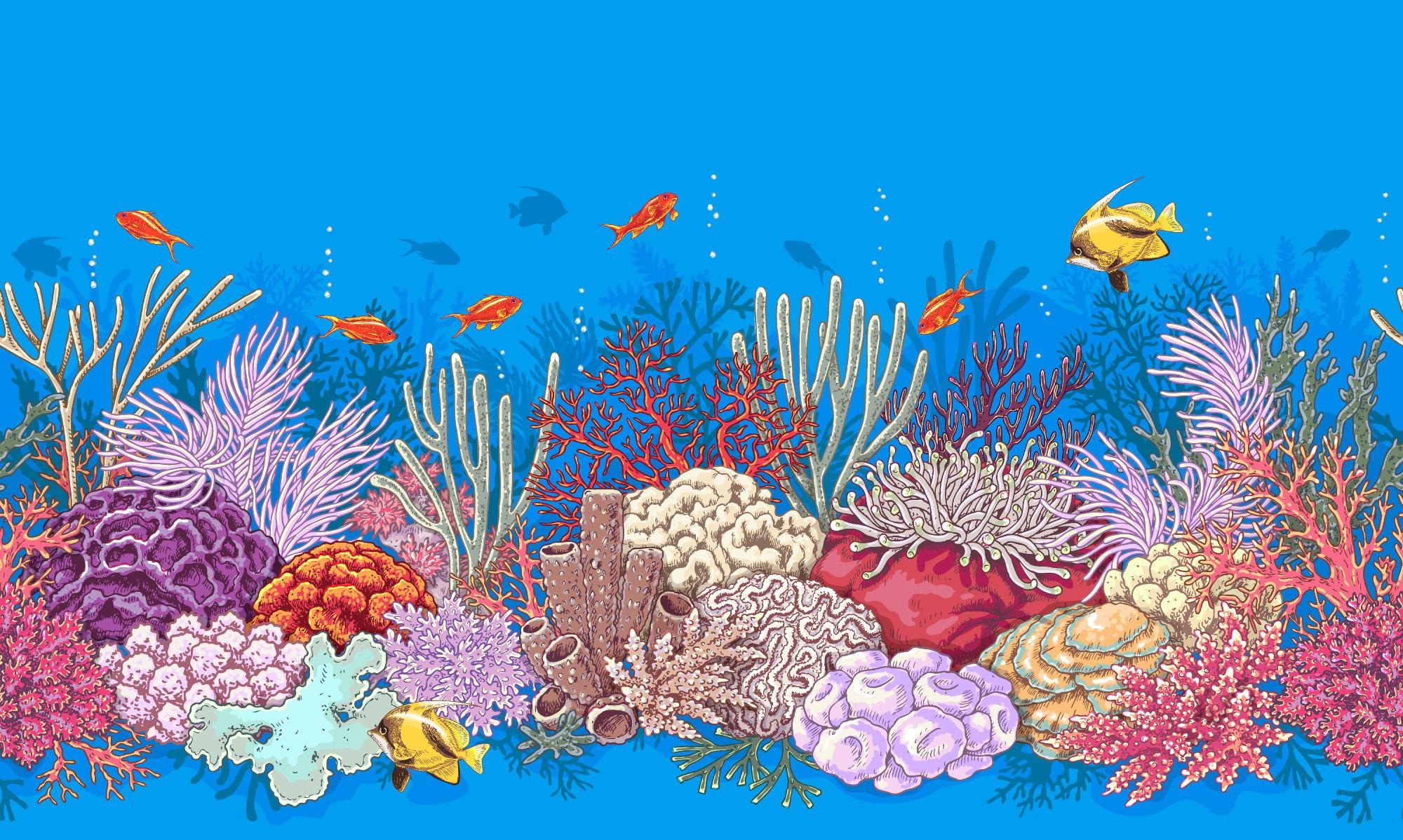A new study performed at Stanford University discloses how a general component of several sunscreens worn by coral reef-exploring tourists might hasten the demise of such endangered ecosystems.

Image Credit: Shutterstock.com/Val_Iva
The astonishing outcomes of the study could help direct the development and marketing of efficient and coral-safe sunscreens.
The study was reported on May 6th, 2022, in the journal Science.
It would be a sad irony if ecotourism aimed at protecting coral reefs were actually exacerbating their decline. My hope is that our research will help lead the way to developing coral-safe sunscreens.
Djordje Vuckovic, PhD Student and Study Lead Author, Civil and Environmental Engineering, Stanford University
Up to 6,000 tons of sunscreen — which weighs over the weight of 50 blue whales — wash through the US reef areas annually, as per the National Park Service. Researchers have been familiar for some time that oxybenzone, an organic compound discovered in several sunscreens, could damage corals.
Consequently, sunscreens with this compound have been prohibited in the US Virgin Islands and Hawaii, the island nation of Palau, and Bonaire, an island municipality of the Netherlands, amongst other places.
But the mechanisms by which oxybenzone poses risks have hugely remained a puzzle, thereby making it hard to guarantee that sunscreen components suggested as alternatives are truly safe for corals.
William Mitch, a professor of civil and environmental engineering at Stanford, showed an interest in the problem several years ago when he heard about Hawaii’s then-pending ban.
With financial support collected from the Stanford Woods Institute for the Environment, he and John Pringle, a professor of genetics at the Stanford School of Medicine, started work to describe the chemical and biological mechanisms by which oxybenzone tends to harm corals.
Protection for Humans, Damage for Corals
In their new study, Mitch, Pringle, Vuckovic and other Stanford scientists utilized anemones as surrogates for corals, which are tougher to experiment with, as well as mushroom corals. On being vulnerable to oxybenzone in artificial seawater under simulated sunshine, the anemones all died within17 days, whereas anemones exposed to oxybenzone lacking simulated sunlight stayed viable.
It was strange to see that oxybenzone made sunlight toxic for corals – the opposite of what it is supposed to do. The compound is good at absorbing light within the waveband we tested, which is why it’s so common in sunscreens.
William Mitch, Professor, Civil and Environmental Engineering, Stanford University
Following the absorption of ultraviolet light, oxybenzone dissipates the light energy as heat, thereby preventing sunburn. But the anemones and corals metabolized oxybenzone in such a way that the consequent substance developed damaging radicals on being exposed to sunlight.
Besides this vulnerability, scientists discovered proof of a coral defense mechanism. Symbiotic algae in corals seemed to safeguard their hosts by sequestering inside themselves the toxins that corals created from oxybenzone.
Since ocean waters tend to warm, stressed corals discharge their algae partners, thereby exposing bone-white coral skeletons. Besides being highly vulnerable to disease and environmental shocks, such so-called “bleached” corals would be more susceptible to the depredations of oxybenzone in the absence of their algae to safeguard them.
Ensuring Sunscreens are Safe for Corals and Other Marine Species
The scientists warn that oxybenzone might not be the only sunscreen ingredient of concern. The similar metabolic pathways that seem to transform oxybenzone into a potent toxin for corals might do something similar with other general sunscreen ingredients. Here, many of which share the same chemical structures and so could form similar phototoxic metabolites.
Several sunscreens marketed as coral-safe rely on metals, like titanium and zinc, instead of the organic compounds, like oxybenzone. Even though such sunscreens are different in how they tend to function, it is not clear if they are really safer for corals, according to the scientists who are planning to analyze the matter further.
Pringle added, “In environmental science, as in medicine, a sound understanding of basic mechanisms should provide the best guidance for the development of practical solutions.”
Our study also illustrates the enormous power of collaborations between scientists with very different backgrounds and expertise.
William Mitch, Professor of Civil and Environmental Engineering, Stanford University
The co-authors of the study include Amanda Tinoco, a research technician at Stanford School of Medicine during the research; Lorraine Ling, a postdoctoral scholar in genetics at the time of the research; and Christian Renicke, a postdoctoral research scientist in genetics.
This study was financially supported by the Stanford Woods Institute for the Environment’s Environmental Venture Projects program and the National Science Foundation.